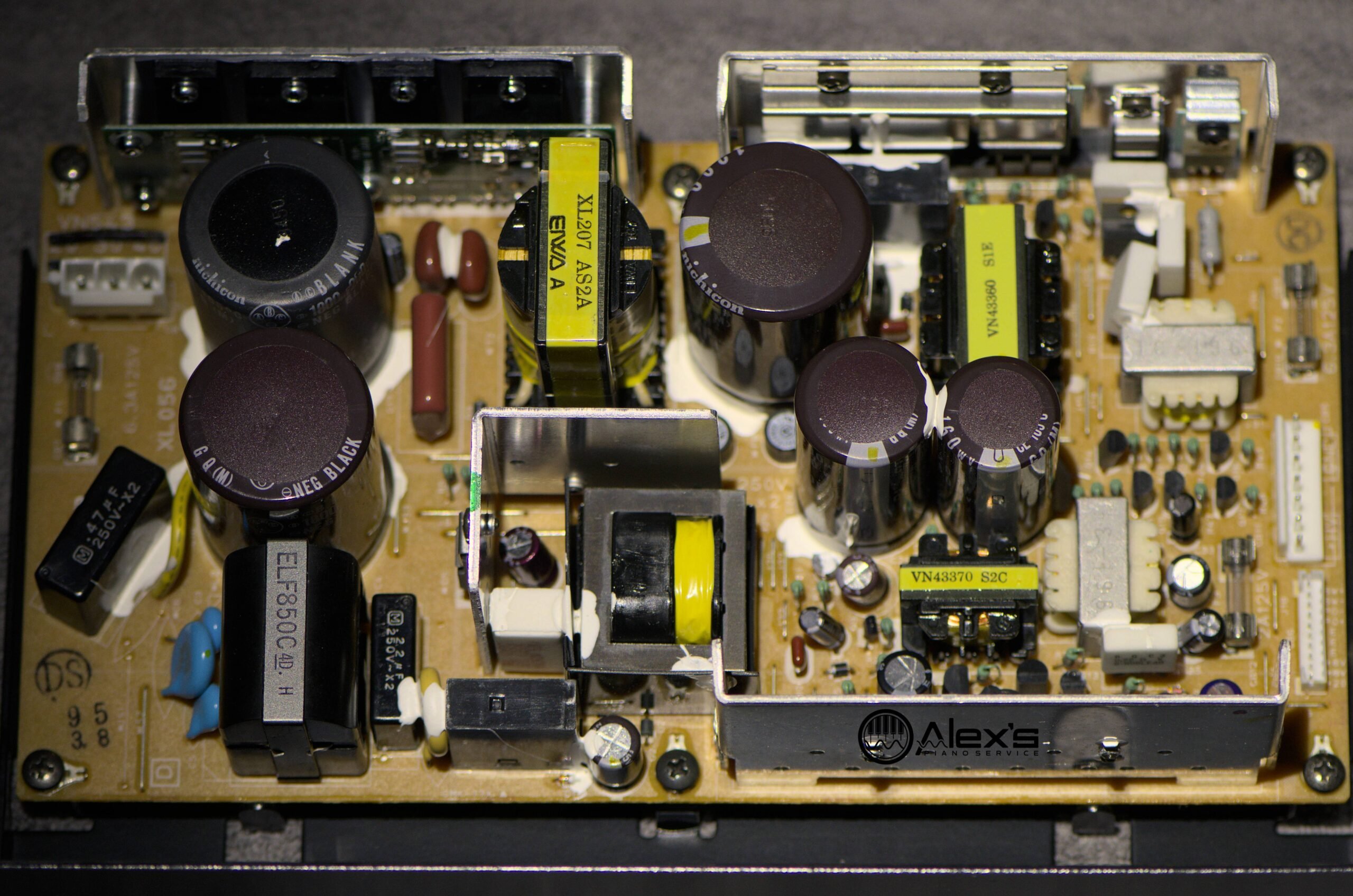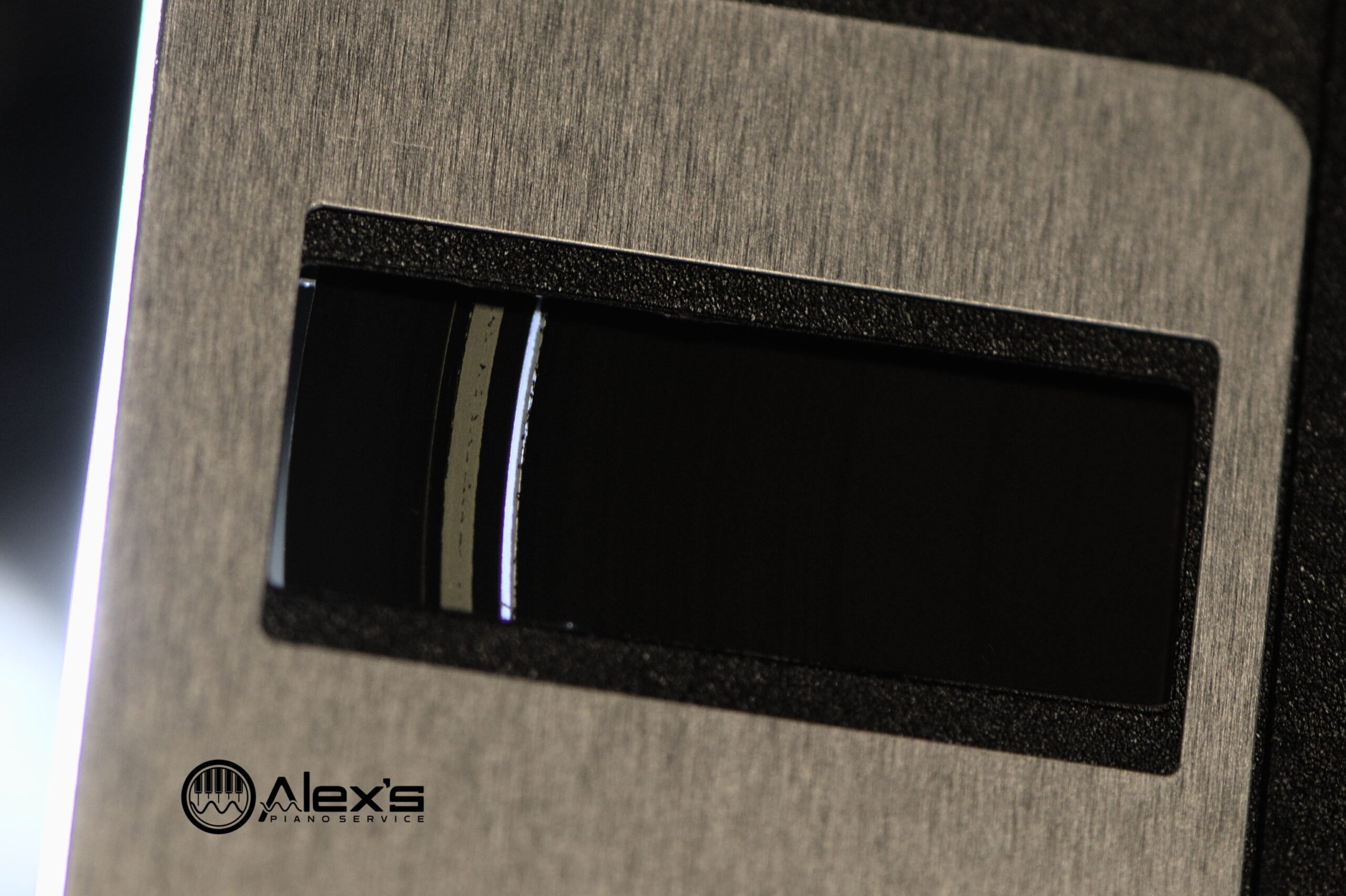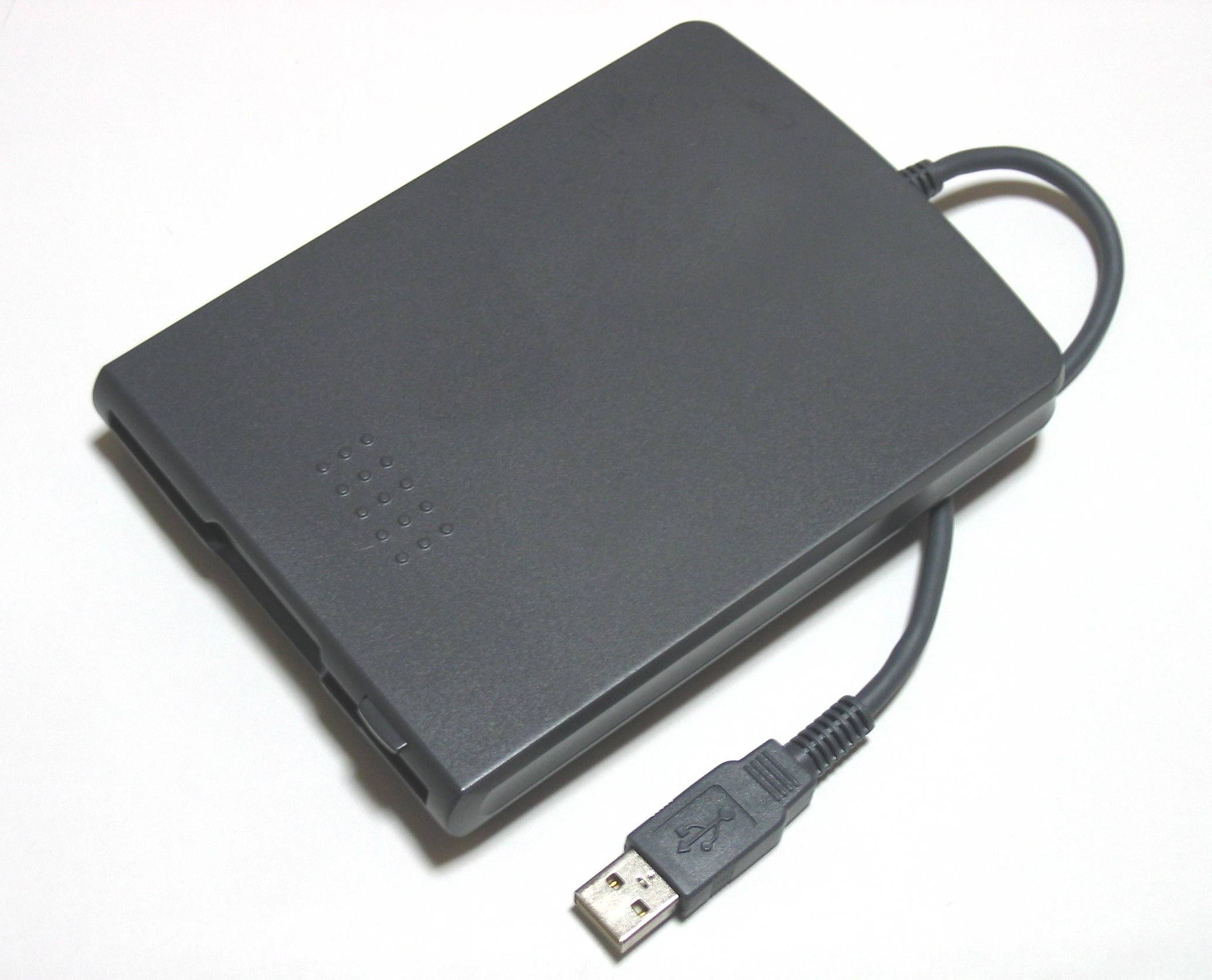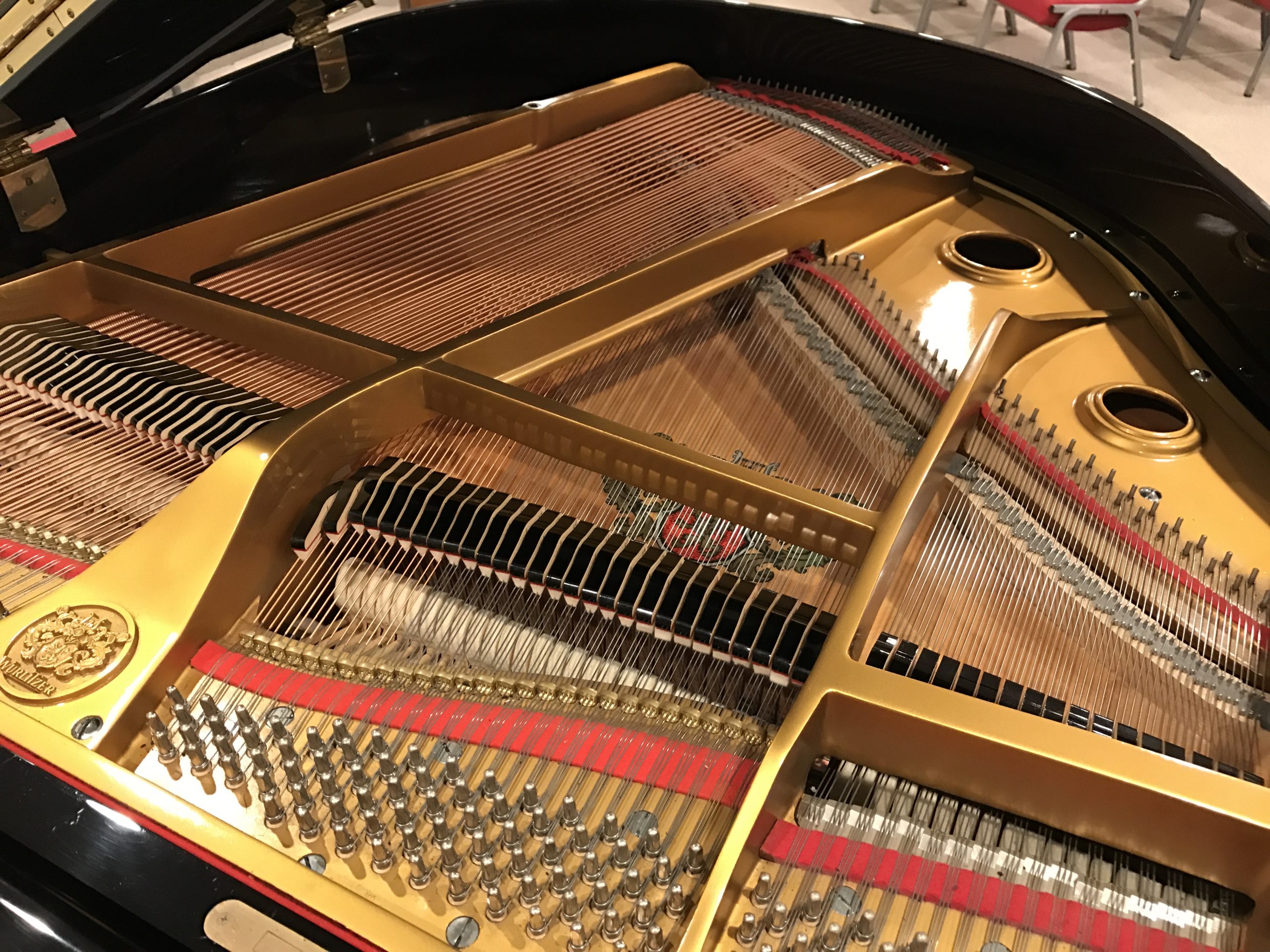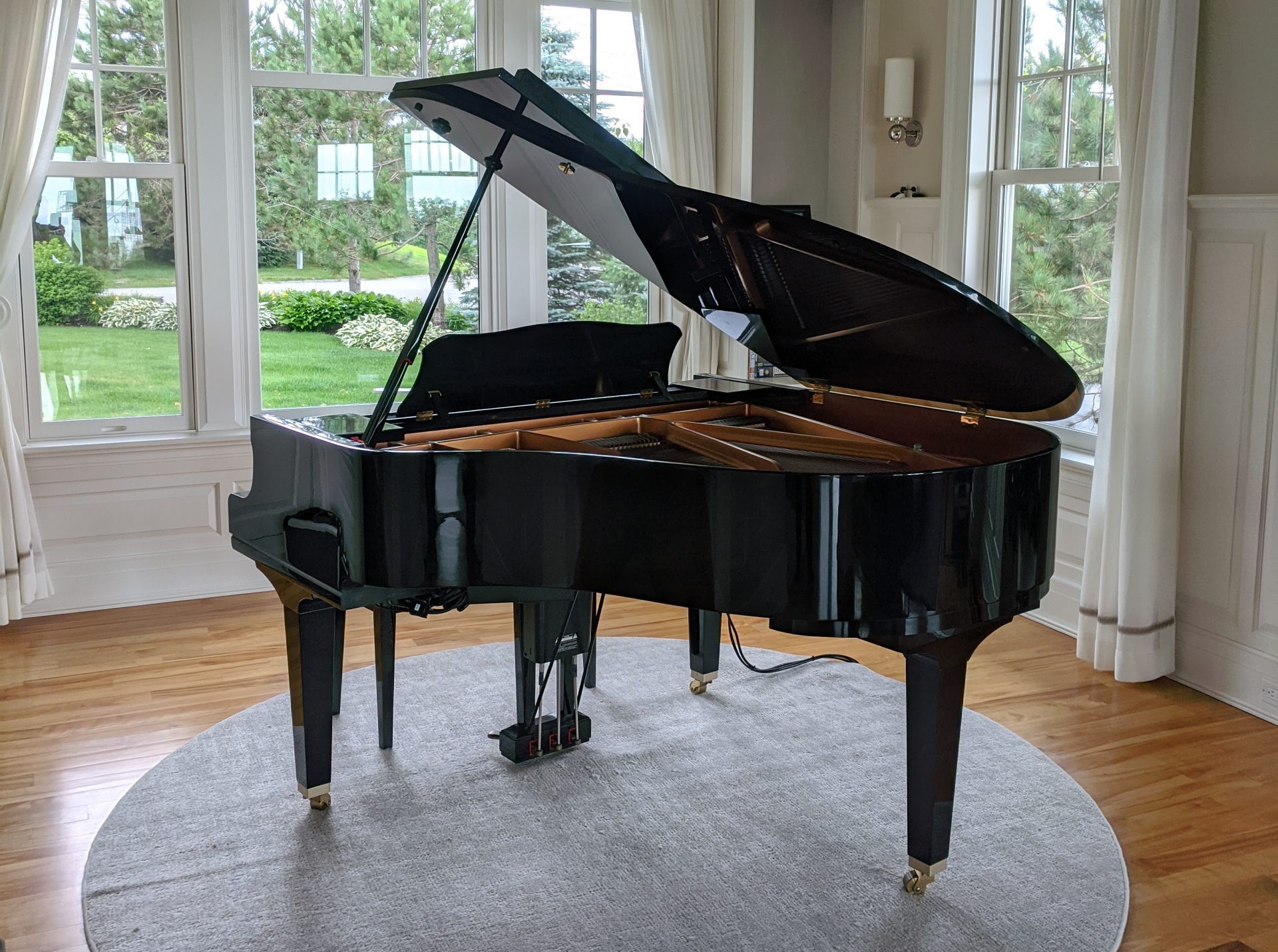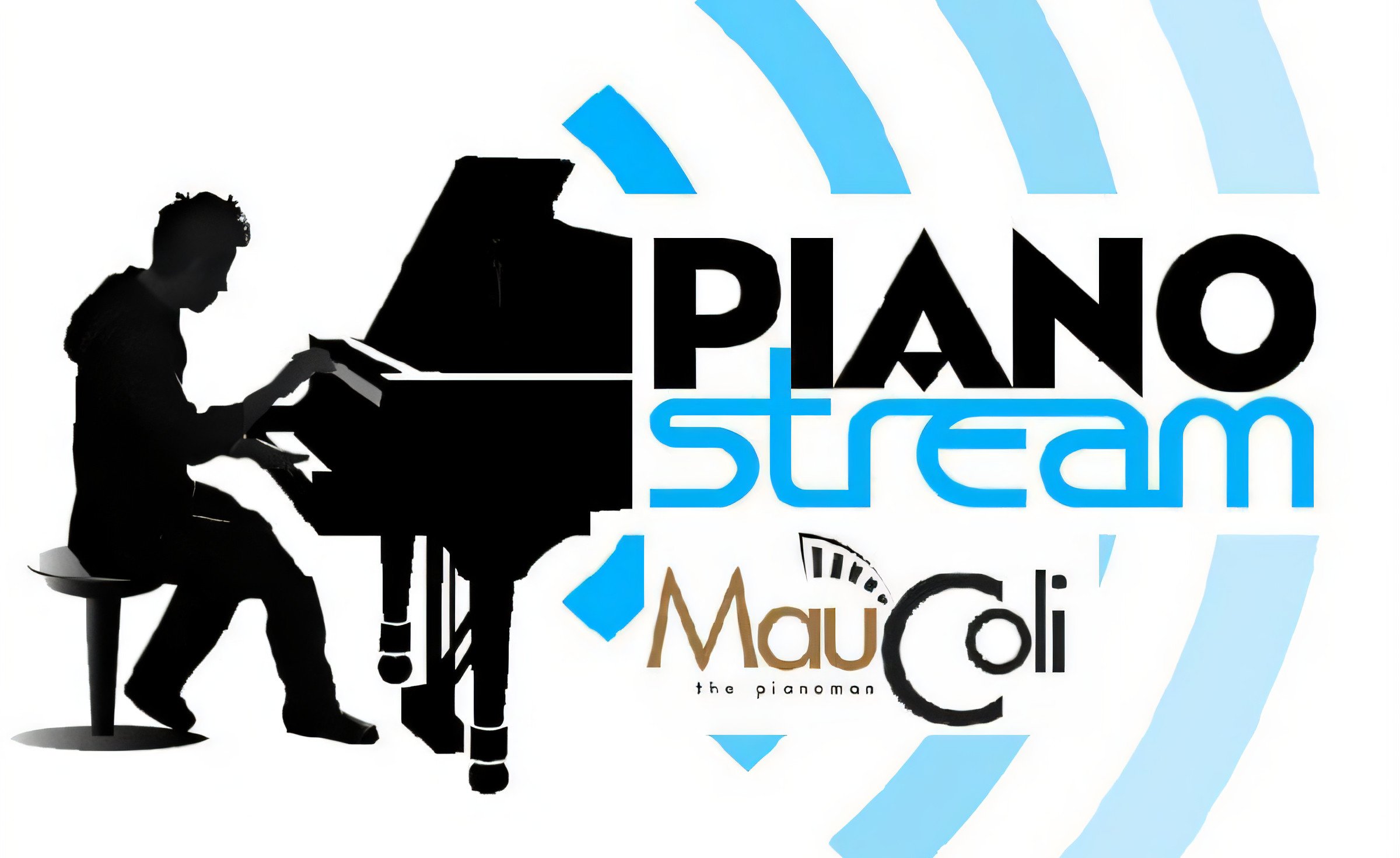Yamaha Disklavier Power Supplies: Diagnosing & Rebuilding
Over the years, I’ve replaced the power supplies on most of the Mark II generation Disklaviers I’ve worked on. These second-generation Disklaviers are terrific instruments—until the original power supply quits. When it does, the piano either won’t turn on, whines loudly, or randomly shuts off after running for a short period of time. Power supply … Read more
